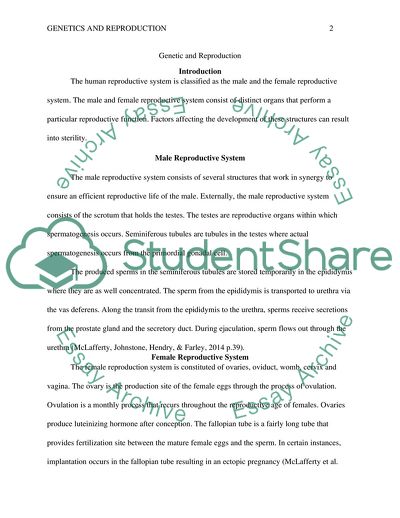Cite this document
(Genetics and Reproduction Case Study Example | Topics and Well Written Essays - 2000 words, n.d.)
Genetics and Reproduction Case Study Example | Topics and Well Written Essays - 2000 words. https://studentshare.org/biology/1877927-genetics-and-reproduction
Genetics and Reproduction Case Study Example | Topics and Well Written Essays - 2000 words. https://studentshare.org/biology/1877927-genetics-and-reproduction
(Genetics and Reproduction Case Study Example | Topics and Well Written Essays - 2000 Words)
Genetics and Reproduction Case Study Example | Topics and Well Written Essays - 2000 Words. https://studentshare.org/biology/1877927-genetics-and-reproduction.
Genetics and Reproduction Case Study Example | Topics and Well Written Essays - 2000 Words. https://studentshare.org/biology/1877927-genetics-and-reproduction.
“Genetics and Reproduction Case Study Example | Topics and Well Written Essays - 2000 Words”. https://studentshare.org/biology/1877927-genetics-and-reproduction.


